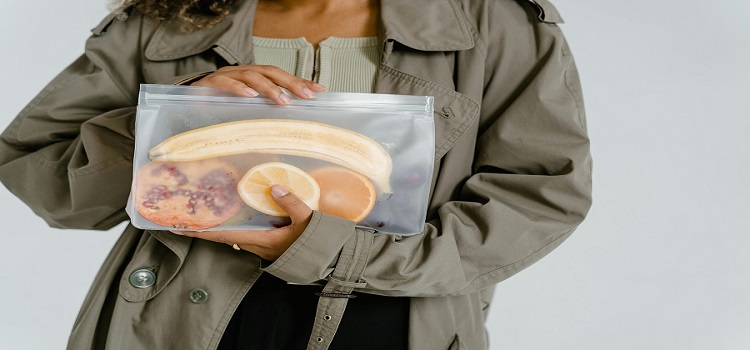As an Amazon Associate I earn from qualifying purchases.
Reheating Food in Vacuum Sealed Bags: A Comprehensive Guide
Introduction: Reheating food stored in vacuum sealed bags is a convenient way to enjoy delicious meals with minimal effort. Whether you’re meal prepping for the week or preserving leftovers, vacuum sealing ensures that your food stays fresh and flavorful until you’re ready to enjoy it again. In this guide, we’ll explore the uses, benefits, and proper techniques for reheating food in vacuum sealed bags.

Uses: Reheating food in vacuum sealed bags is suitable for various purposes, including:
- Preserving leftovers for future consumption
- Meal prepping for busy weekdays
- Sous vide cooking, which involves cooking food in vacuum sealed bags at precise temperatures for optimal results
- Keeping food fresh during outdoor activities like camping or hiking
Benefits:
- Preserves Freshness: Vacuum sealing creates an airtight environment that preserves the natural flavors, textures, and nutrients of food, ensuring it tastes as fresh as the day it was cooked.
- Convenient Storage: Vacuum sealed bags take up less space in the refrigerator or freezer compared to bulky containers, allowing for efficient organization and maximizing storage capacity.
- Reduced Food Waste: By extending the shelf life of food through vacuum sealing, you can reduce waste by safely storing leftovers and perishable items for later consumption.
How to Do It:
- Remove the vacuum sealed bag from the refrigerator or freezer and allow it to come to room temperature for a few minutes.
- Fill a large pot with water and bring it to a gentle simmer, ensuring the water temperature is below the cooking temperature of the food.
- Place the vacuum sealed bag in the pot of simmering water, ensuring it is fully submerged.
- Heat the food for the recommended time, typically following the original cooking instructions or sous vide cooking guidelines.
- Carefully remove the bag from the pot using tongs or a slotted spoon, being mindful of hot steam and water.
- Cut open the bag and transfer the reheated food to a plate or serving dish.
- Enjoy your delicious meal!
Pros and Cons Table:
| Pros | Cons |
| Preserves freshness of food | Requires pot and stove for reheating |
| Convenient for meal prepping | Can take longer than traditional methods |
| Reduces food waste | Risk of puncturing or tearing bags |
| Ideal for sous vide cooking | Limited to foods suitable for reheating |
| Saves time and effort in meal preparation |
FAQ:
- Can you microwave food in vacuum sealed bags?
- It’s generally not recommended to microwave food in vacuum sealed bags, as the plastic may melt or leach chemicals into the food. Instead, opt for reheating using gentle methods like simmering or sous vide cooking.
- Is it safe to reheat food in vacuum sealed bags?
- Yes, reheating food in vacuum sealed bags is safe as long as proper techniques and temperatures are followed to ensure thorough heating and eliminate the risk of bacterial growth.
- Can you reuse vacuum sealed bags after reheating?
- Vacuum sealed bags can be reused as long as they are thoroughly cleaned and sanitized between uses to prevent cross-contamination.
- What types of foods are suitable for reheating in vacuum sealed bags?
- Vacuum sealed bags are suitable for reheating a wide range of foods, including meats, vegetables, soups, stews, and sauces. However, delicate items like leafy greens or crispy foods may lose their texture during reheating.
- How long does it take to reheat food in vacuum sealed bags?
- The time required to reheat food in vacuum sealed bags varies depending on the type and quantity of food, as well as the desired temperature. Sous vide cooking typically involves longer cooking times at lower temperatures, while simmering may be quicker for smaller portions.
- Can you freeze food in vacuum sealed bags after reheating?
- Yes, you can freeze food in vacuum sealed bags after reheating, but it’s important to cool the food to room temperature before sealing and freezing to prevent condensation and freezer burn.
Conclusion: Reheating food in vacuum sealed bags offers a convenient and efficient way to enjoy delicious meals with minimal effort. By preserving freshness, reducing food waste, and providing versatility in meal preparation, vacuum sealing is a valuable tool in the kitchen. With proper techniques and precautions, you can safely reheat a variety of foods in vacuum sealed bags to enjoy flavorful meals anytime, anywhere.
As an Amazon Associate I earn from qualifying purchases.
Leave a Reply